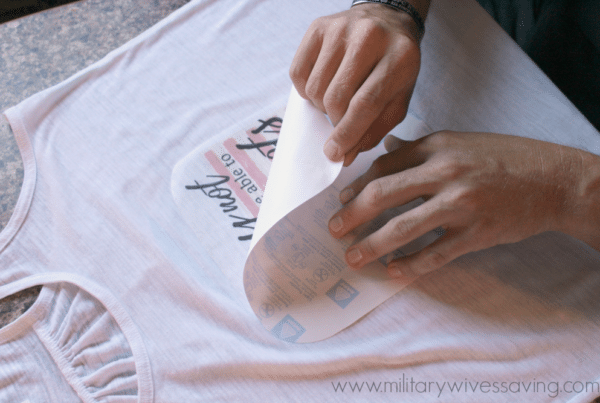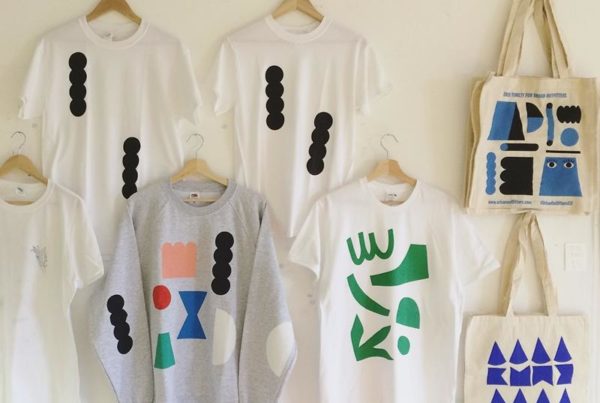Polo itself is a sport that mimics croquet while riding on horseback, and as you may have guessed, the similarly named shirt was worn while playing the sport. Developed in India and made popular by British soldiers, the location and popularity of the sport has everything to do with the evolution of the polo shirt. After all, who wants to ride a galloping horse after a ball with a collar flapping in his face and long sleeves trapping in the heat?
The solution was simple: Roll up those long sleeves and button down the front collar flaps. Several years later, the American company Brooks Brothers introduced the buttoned-down collar to its own line of formal shirts. These proved popular, but the story of the polo shirt didn’t end there.
The creator of the most recognizable modern version of the polo shirt was Lewis Lacey, an Argentine-Irish man who played the sport. Lacey opened a menswear shop in Buenos Aires in 1920 and sold polo shirts that featured an actual polo player embroidered on the front, which is still the most iconic part of the modern polo shirt.
Tennis champion Rene Lacoste debuted his own version of the polo shirt in 1926 when he wore a short-sleeved shirt to the U.S. Open, emblazoned with an embroidered crocodile. It was the first time anyone had bothered to cut off the long sleeves of a sport shirt altogether. Lacoste’s shirt was also made with a special cotton weave that made it both durable and breathable. A soft collar replaced the more formal starched collar.
This soft, flexible cotton polo shirt, branded either with the Lacoste crocodile or the Ralph Lauren horse and rider, is the epitome of a long process in fashion evolution. Unbranded shirts that feature this same cotton weave, soft collar and short hemmed sleeves are also known as polo shirts. Both polo and tennis players in many countries are still wearing a version of Rene Lacoste’s 1920 shirt today.
It just goes to show, you never know how an innocent game could change the fashion world 100 years from now!


